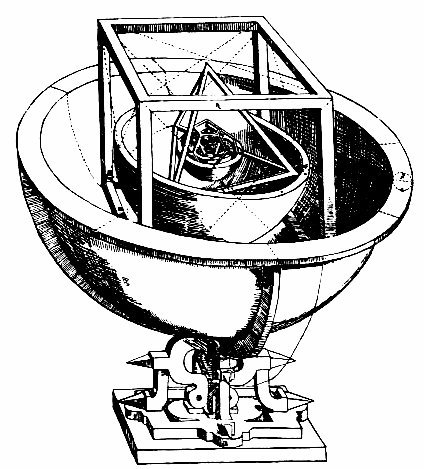Copernicus and Kepler broke centuries of assumed science by disproving geocentricism and promoted their own heliocentric views. Copernicus introduced and shocked the medieval world by claiming that the earth was not the center of the universe. Kepler progressed this concept by claiming that there was not a "mover of the planets" but rather a force (perhaps his conception of gravity) that moved the planets and caused rotations.
04 December, 2014
Copernicus and Kepler:Views of Heliocentricism
Copernicus and Kepler broke centuries of assumed science by disproving geocentricism and promoted their own heliocentric views. Copernicus introduced and shocked the medieval world by claiming that the earth was not the center of the universe. Kepler progressed this concept by claiming that there was not a "mover of the planets" but rather a force (perhaps his conception of gravity) that moved the planets and caused rotations.
English Bill of Rights (1689)
The Bill of Rights assumes that the monarch will be Anglican, and forbids the persecution of Protestants as the catholic James I did. While the Bill of Rights didn't permit such a liberal anachronistic understanding of freedom of speech as we have in America today, it did advance quite radically in its break from monarchical tradition. The Bill of Rights permitted freedom of speech within a parliamentary setting. This parliament also aided the process of lawcraft. The king could no longer create new laws or taxes without the meeting of parliament and their full consent.
The Bill of Rights also notes how James (assumably the II) "abdicated" England. When Mary married William of Orange, and he came over from the Netherlands, James II fled England. However, the reference of James II's abdication may be in reference to his misuse of theology and throne.
Subscribe to:
Comments (Atom)

